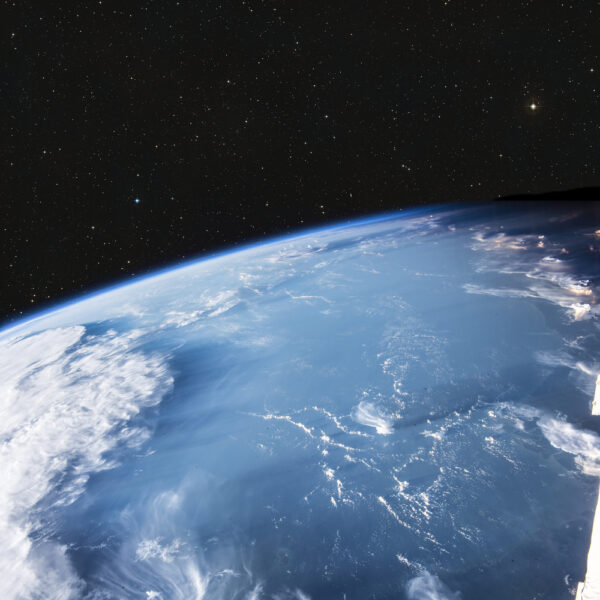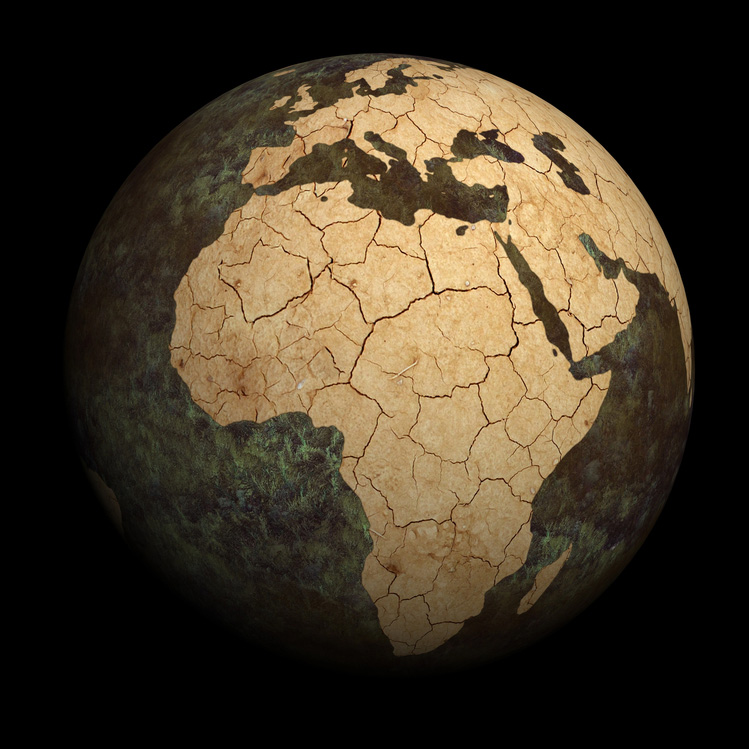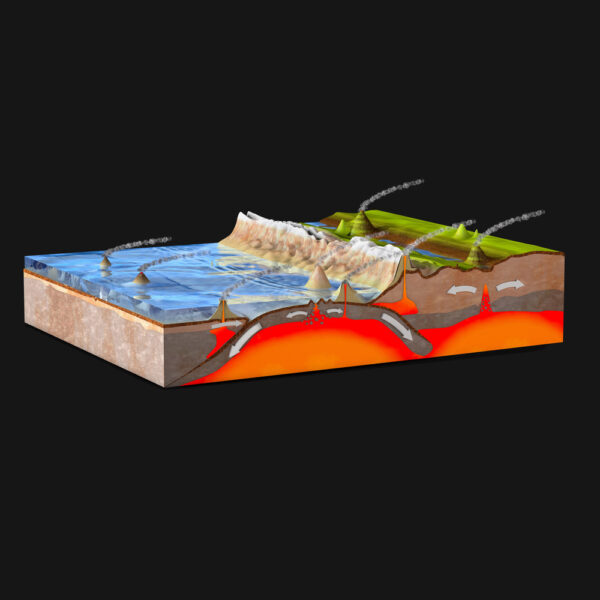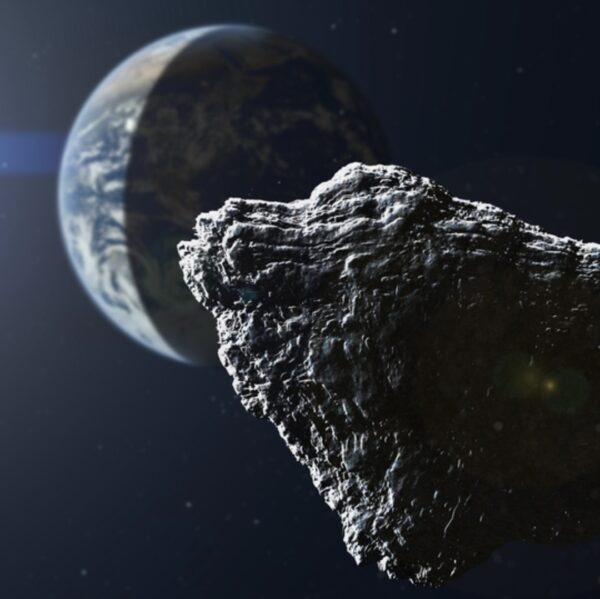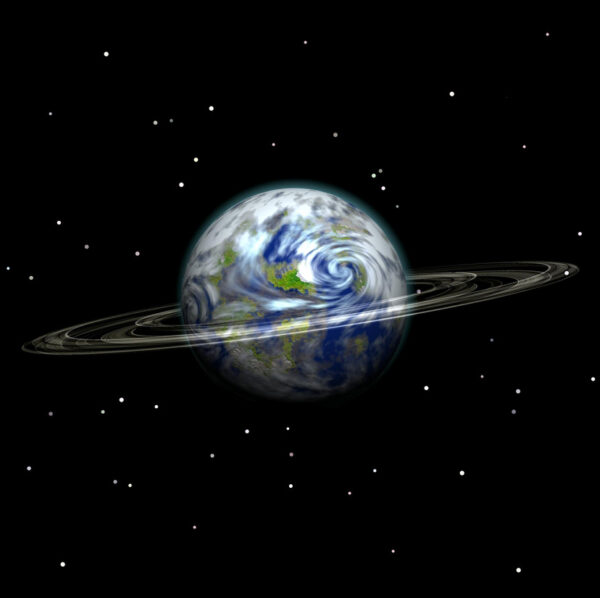Writer Fuel: A Supernova Could Trigger Life-Threatening Changes to Our Climate
New research suggests that the explosive death throes of massive stars, known as supernovas, may have had dramatic effects on our planet’s climate over its distant history. Investigating historic incidents of these events could help scientists predict similar events in the future and prepare for them. Supernovas occur when stars that are much more massive … Read more



